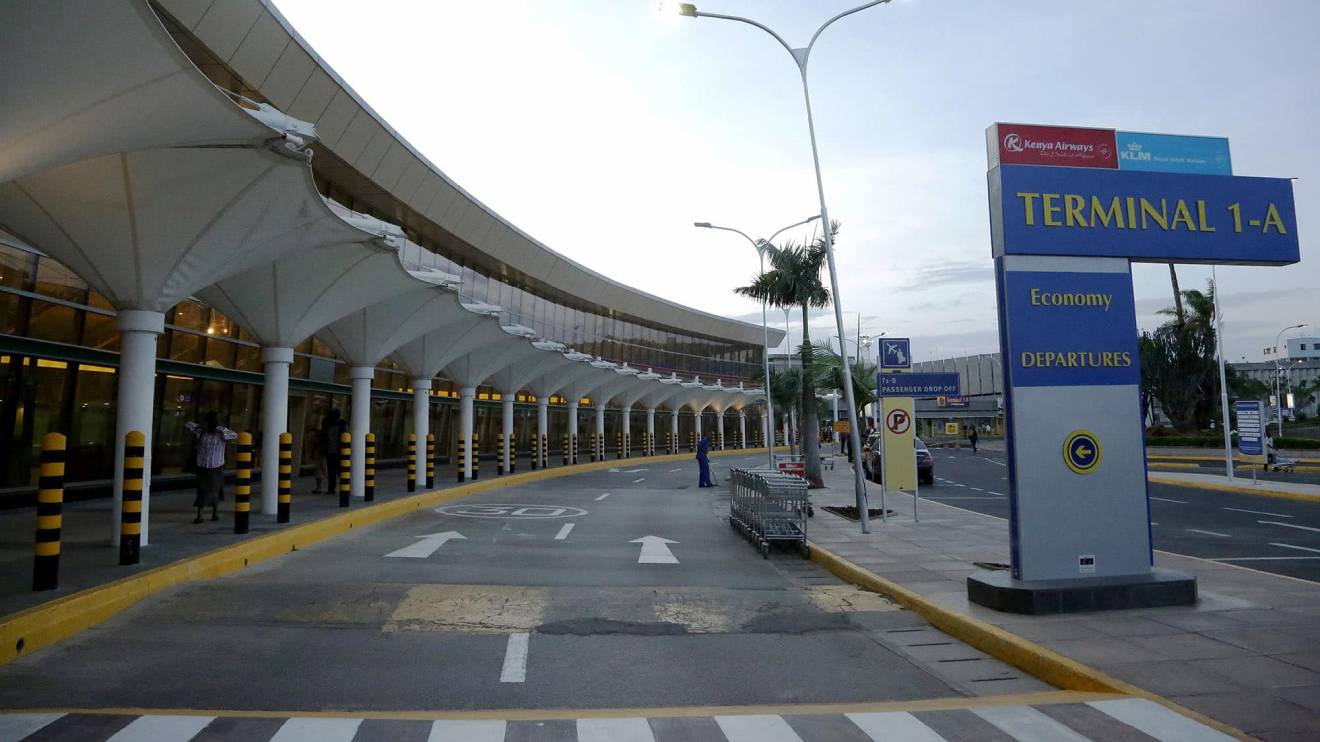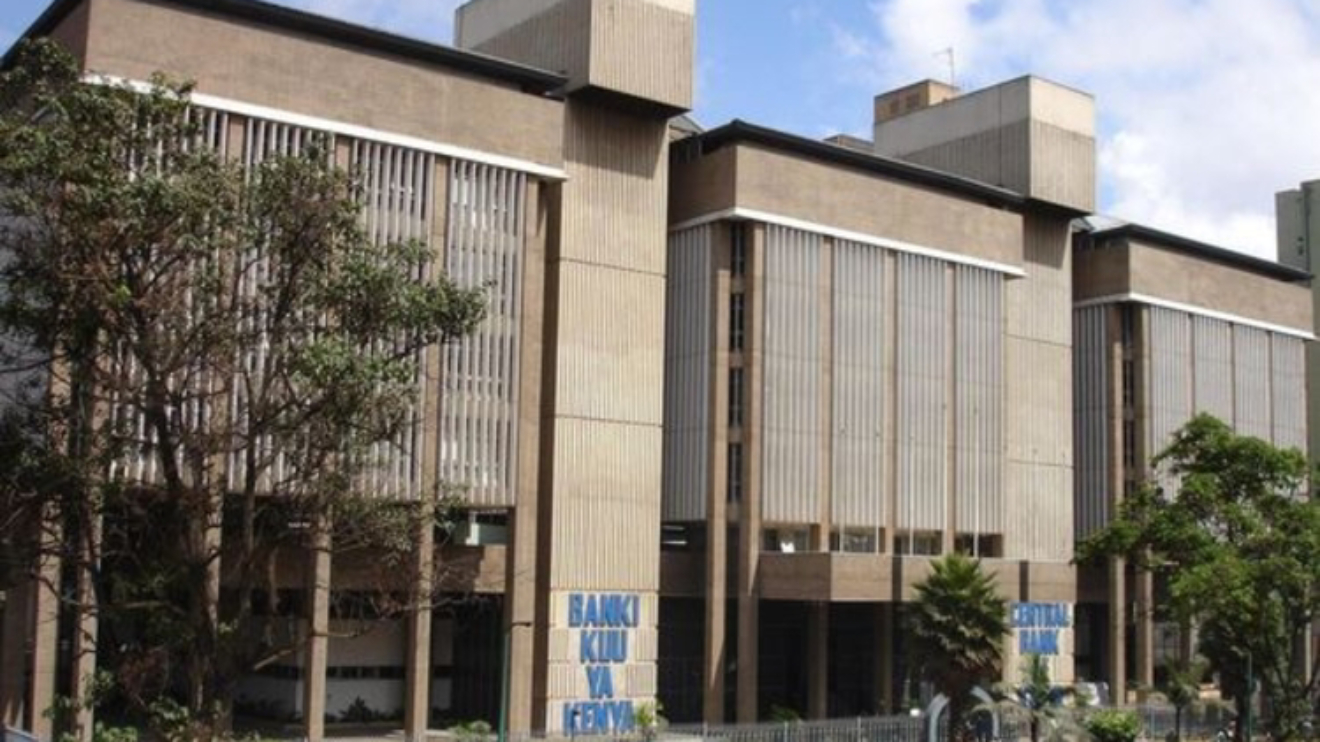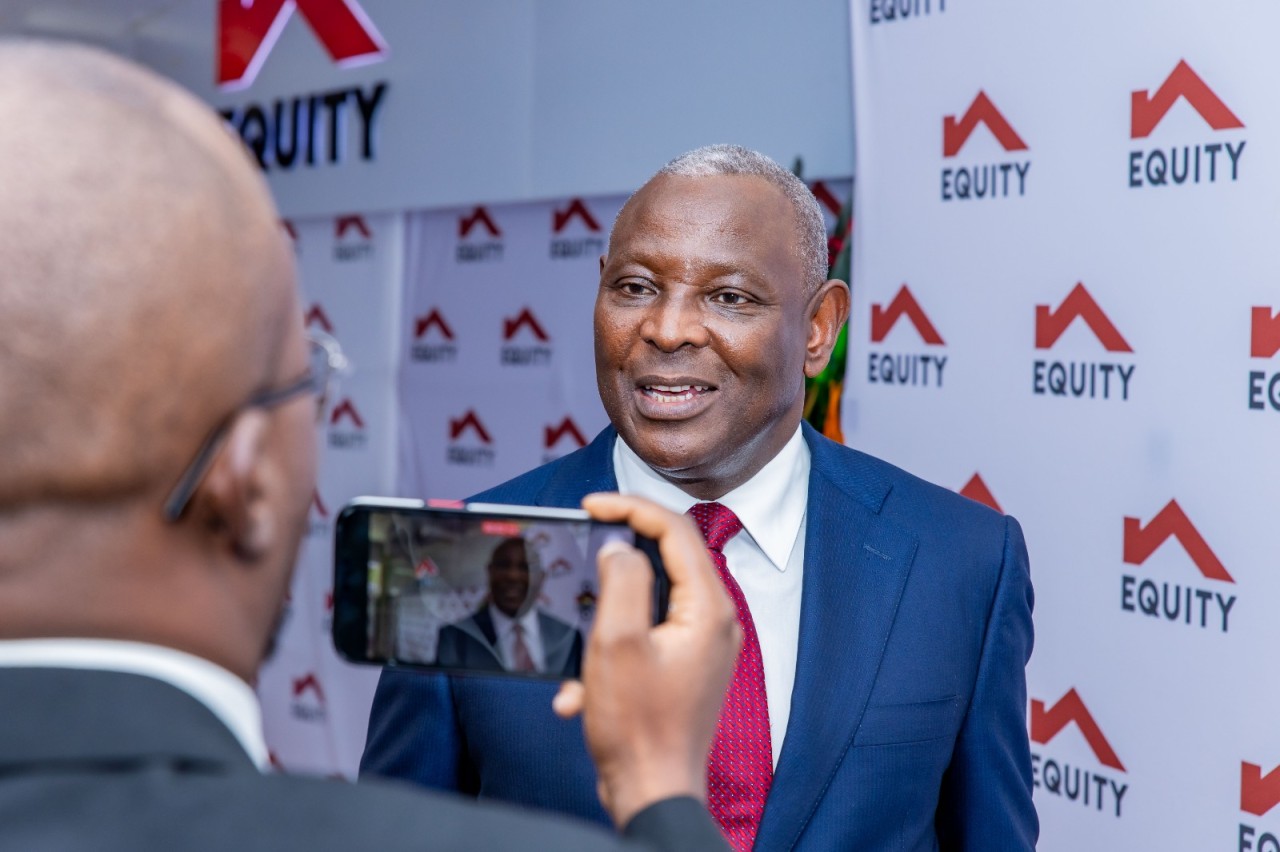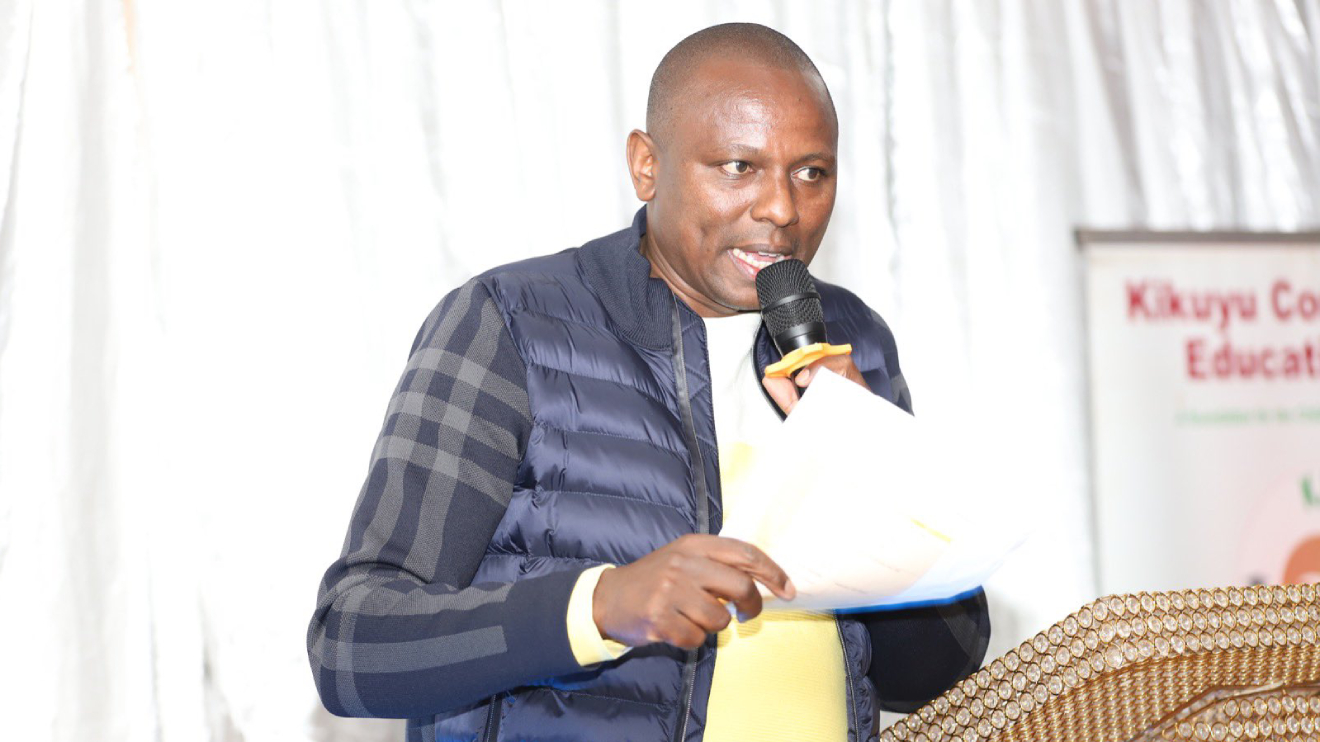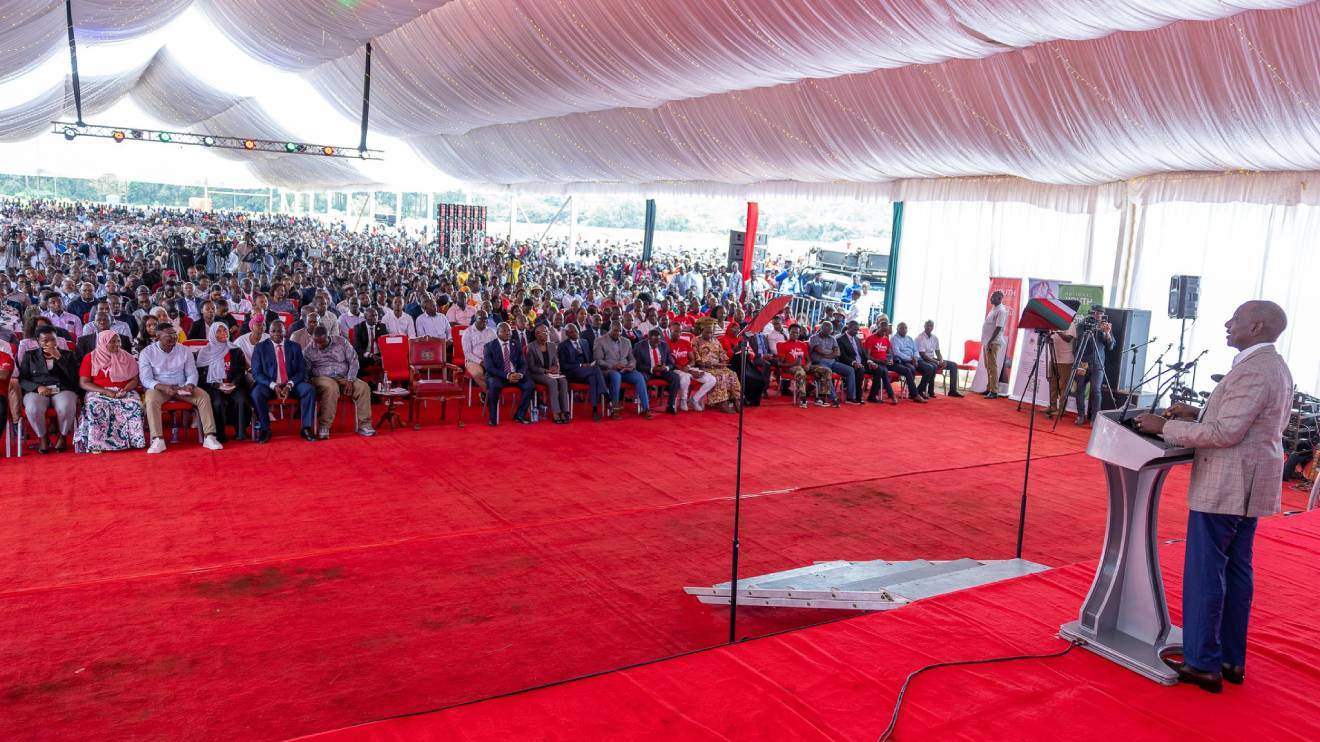Kenya is seeking fresh funding for two major transport projects, with the government confirming plans to secure Sh234 billion from global lenders for the expansion of Jomo Kenyatta International Airport in Nairobi.
The move comes less than a year after the collapse of a deal with India’s Adani Group.
Transport Cabinet Secretary Davis Chirchir said the State has reached out to international development agencies about financing the works.
“We have written to development agencies to basically tell them there’s an opportunity to build the airport through the Jomo Kenyatta International Airport, borrowing on its balance sheet,” Chirchir remarked during a media briefing on Monday.
The outreach has been made to the Japan International Cooperation Agency, China Exim, KFW, the European Investment Bank, and the African Development Bank.
Read More
According to Chirchir, the proposed upgrade involves building a second runway and adding a new terminal. The government intends to choose a contractor once the financing is confirmed.
Explaining the approach, he said, “Instead of bringing concessioning to build the airport, we build the airport that we can concession later.”
This represents a break from the previous arrangement, under which Adani would have funded the expansion and run the airport under a 30-year lease.
That earlier plan was abandoned when US prosecutors indicted Gautam Adani and several of his executives on allegations of bribery to win Indian power contracts and misleading American investors.
The Adani Group has described the claims as “baseless” and stated it is cooperating with legal proceedings.
Alongside the airport financing drive, Chirchir announced a Sh175 billion securitised bond to be floated next month for road construction.
The bond, backed by part of the fuel levy paid by motorists, will be split evenly between domestic and offshore listings.
He added that it was too soon to confirm the overseas market in which the international portion will be sold.
For the government, the twin funding push reflects a shift towards direct borrowing and asset-backed financing as public debt climbs.
By structuring projects this way, officials hope to deliver critical infrastructure while keeping strategic assets under State control before considering future leasing options.

